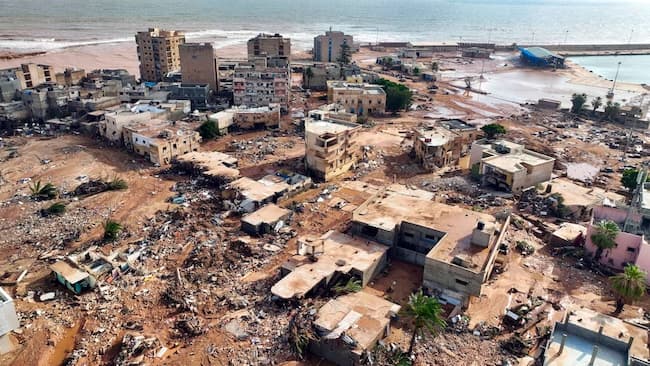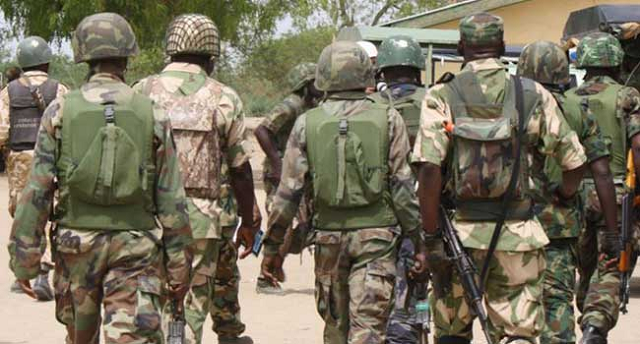Libyan authorities have expressed concern that the death toll from the disastrous flood that swept through the country’s east could exceed 20,000.
Derna, a city of about 100,000 inhabitants, has been the hardest damaged.
Storm Daniel, an exceptionally devastating Mediterranean tropical-like cyclone, washed away major areas of Derna on Sunday, destroying two dams and four bridges.
Many structures in the region were believed to have been inundated by the dams, drowning some occupants.
The beaches have been reported to be covered with clothes, toys, furniture, shoes, and other belongings washed away by the torrent.
According to the mayor of Derna, Abdulmenam al-Ghaithi, the projected number of dead in the city might range from 18,000 to 20,000, depending on the number of districts damaged by the flood.
“The death toll rose to over 6,000 people as of Wednesday morning local time,” claimed Saadeddin Wakil, the health ministry undersecretary of the Unity Government in Tripoli, one of the country’s two warring governments.
According to the agency, mortuaries are overflowing in hospitals that are still closed despite the pressing need to treat disaster survivors.
President Bola Tinubu stated on Wednesday that his government is prepared to provide all necessary assistance to the Libyan people affected by the disastrous floods caused by the Mediterranean storm Daniel on Sunday.
“Nigeria is ready to provide all necessary support to assist the Libyan people in overcoming this harrowing tragedy,” read a statement signed by the President’s Special Adviser on Media and Publicity, Ajuri Ngelale, on Wednesday.
WMO faults Libya’s division
The World Meteorological Organization (WMO) chief said on Thursday that if Libya’s divided country had a functioning weather service capable of issuing warnings, deaths may have been avoided.
WMO Secretary-General Petteri Taalas told reporters in Geneva that Libya’s major issue in dealing with the aftermath of floods that killed thousands was that the government was “not functioning normally.”
“If they would have been a normally operating meteorological service, they could have issued a warnings,” he said.
“The emergency management authorities would have been able to carry out evacuation of the people. And we could have avoided most of the human casualties.”
Storm Daniel
Extreme rainfall from Storm Daniel struck sections of the central and eastern Mediterranean, causing disastrous flooding and mass casualties in Libya, the worst-affected country, as well as Greece, Turkey, and Bulgaria.
According to Libya’s National Meteorological Centre, the storm peaked in northeastern Libya on September 10 with severe gusts of 70 – 80 km/h.
This resulted in communications outages as well as the collapse of power lines and trees. Torrential rains ranging from 150 to 240 mm triggered flash floods in various cities, including Al-Bayda, which had the maximum daily rainfall rate of 414.1 mm (from September 10 at 8 a.m. to September 11 at 8 a.m.). According to the National Meteorological Centre, this is a new rainfall record.
According to the Libyan meteorological agency, entire communities in Derna were carried away by water after two ageing dams fell, creating a catastrophic and out-of-control situation.
The Libyan government declared three days of mourning in all impacted cities, referring to them as ′′Disaster Areas.′′
The National Meteorological Centre issued early warnings for this extreme weather event 72 hours before it occurred, and warned all governmental authorities by e-mail and media, advising them to exercise greater care and caution, as well as to take precautionary measures. Based on these warnings, the eastern areas declared a state of emergency.














